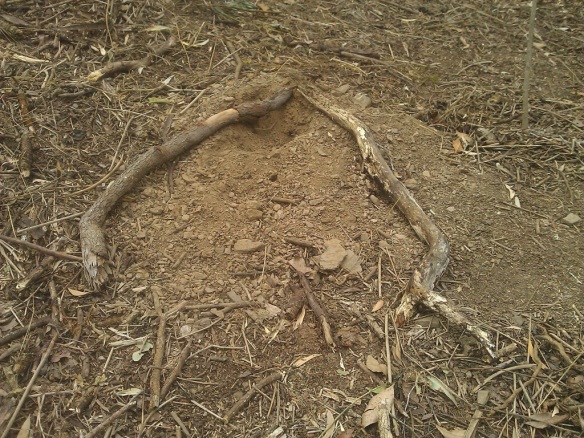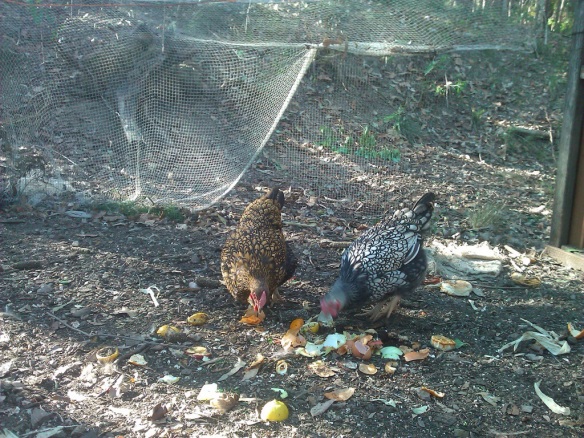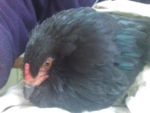How to catch a fox indeed!
Last week, looking for a solution, I went to the local rural produce store. This is where I buy my chook food and pig ears for my dog. I recognised the two attendants who looked up as I walked in.
“What can we do for you?” one of them said.
“I have a fox who has taken a liking to my chickens. Do you have any traps?”
They both smiled and gave a wry look.
“We do, but I don’t know that they’d be big enough and foxes are pretty clever.”
“I know,” I replied. It’s the only thing I do know about foxes, apart from the fact that they love chicken.
He reached over to the end of the counter and picked up a business card which he handed to me.
QLD Vermin Control and Wild Game Harvesting
Professional Shooter
“He might be able to help you. That’s all I can suggest unfortunately.”
I thanked him and took the card.
The next day I called the number.
“No worries,” said the professional shooter with a slight drawl. “I’ll come out and have a look.”
He came a couple of days later, late in the afternoon when foxes become active. He brought what he called “lure”: food that foxes like to eat. Sardines and dried liver treats. We walked down into the bush so he could check things out.
“You probably can’t see it, but there’s a track here that the fox has obviously been using,” and indeed once he pointed it out you could see a line through the dried leaves and small trees heading in the direction we’d seen the fox take.
There was a mound of dirt from where we’d planted a tree which had been partially dug out.
“He’s been diggin’ here. Probably a marsupial mouse or rat or somethin’ in there. I’ll put some lure here and see what happens.”
He poked some of the bait into the dirt and then laid two sticks down either side and angled towards each other so they formed a V. He told us that foxes and dogs won’t step over sticks laid like that, but will go around and be effectively funnelled towards the narrow end. If the lure was taken, he’d lay some the next night and the next, and then when the fox was feeling secure, he would lay a foot trap.

He’d explained to me on the phone that these aren’t the ones with jagged metal jaws, but have rubber edges and are RSPCA approved. When he arrived he opened his car boot and showed them to be. They’ll clamp down hard, but won’t do any damage unless they’re left too long. He also showed me a box of small bullets.
“Once they’re caught,” he explained, “by law I have to shoot them because they’re a grade 2 pest.”
After he lay the lure, he spent a few minutes trying to call the fox out with what he called a fox whistle. It was like an accordion and made a sound like those annoying whistles kids buy at markets and shows, the ones that go right inside their mouths and make everyone start to hate them.
The fox took the lure the first night but not the second.
“That’s ok. We’ll just keep putting it out. Foxes are clever.”
The next time he lay the lures he added a vile-smelling substance made from dogs’ anal glands. Possibly the worst smell in the world, but irresistible to dogs and foxes alike. Maggie lifted up her head and kept sniffing the air, even though she was far from it, up the hill on the verandah. I closed the gates, but when she knew I wasn’t looking she found a way out. She reappeared reeking of that pungent stuff. Boy was she in trouble! I’m sorry to say I hit her and then chained her up: something I never do, but I was so angry and am so desperate to get this fox. Until we do, my chickens cannot be allowed to free-range.
My next door neighbour said he’d seen two foxes together one morning a couple of weeks ago.
“No worries,” said the shooter, “we’ll get both of ’em.”


